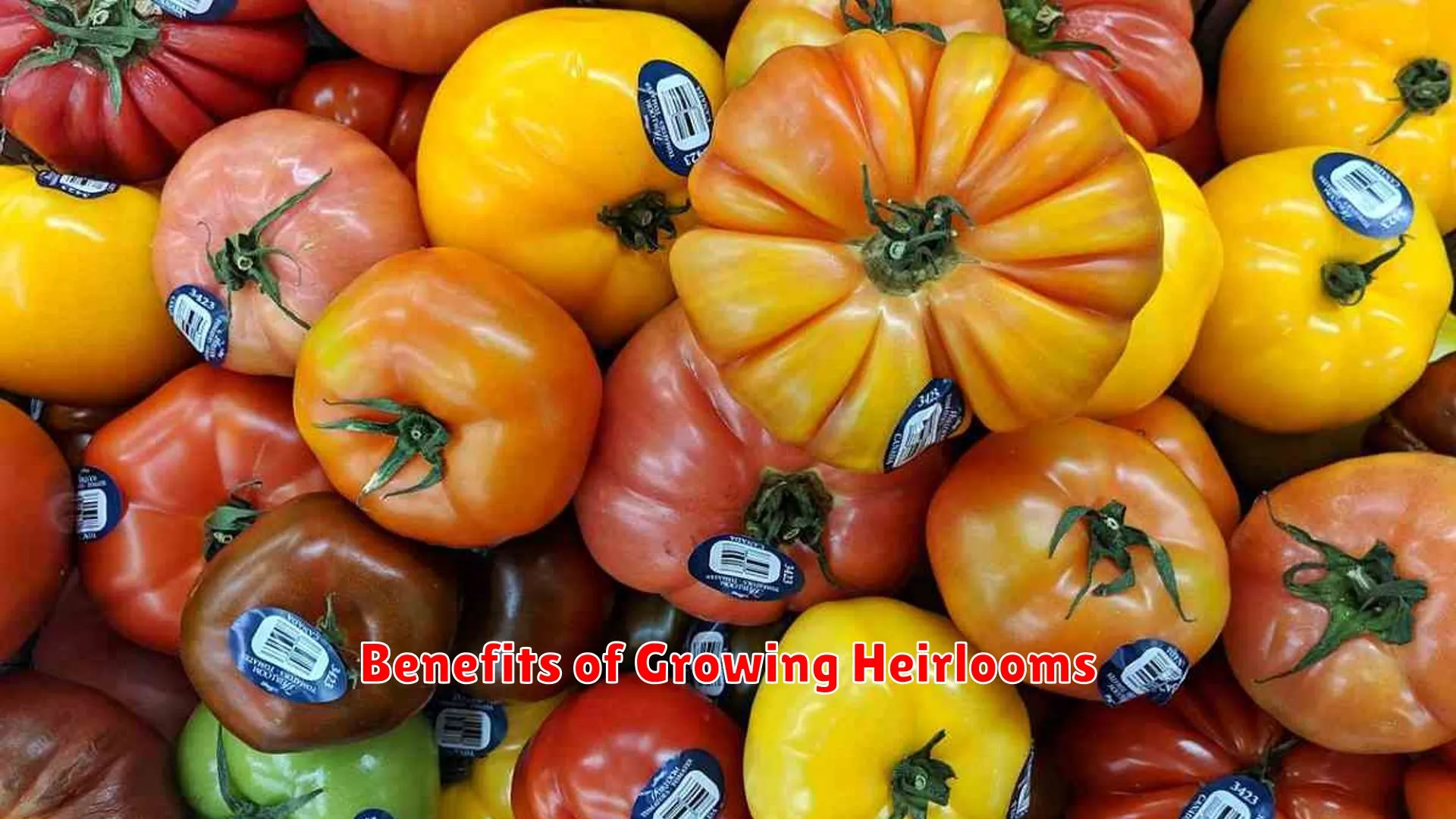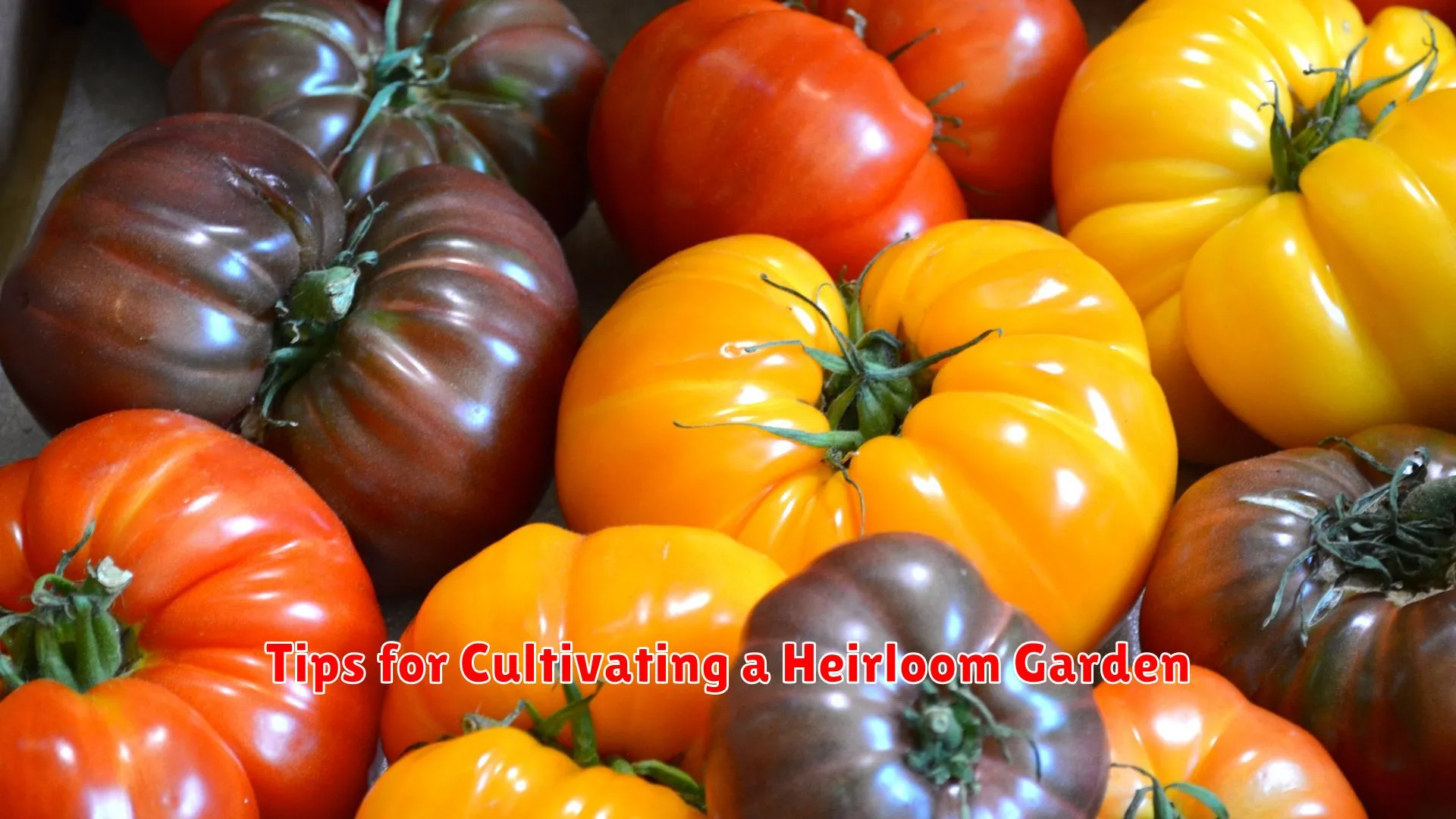Discover the enchanting world of heirloom vegetables in our comprehensive guide. Learn how to cultivate these timeless treasures and sow a legacy in your garden that will delight generations to come.
What Are Heirloom Vegetables?

Heirloom vegetables are a special category of plants that have been passed down through generations due to their unique characteristics and historical significance. These vegetables are open-pollinated, meaning they are pollinated naturally by wind, insects, or birds, resulting in stable and consistent traits.
Unlike modern hybrid varieties, heirloom vegetables have a rich history and storied lineage, often dating back decades or even centuries. They are cherished for their flavor, diversity, and cultural heritage, making them a favorite among gardeners and culinary enthusiasts.
One defining feature of heirloom vegetables is their distinct appearance, which can vary from the conventional supermarket produce. They come in a wide range of shapes, colors, and sizes, adding visual appeal to any garden or plate. Examples of heirloom vegetables include the vibrant Cherokee Purple tomato, the delicately striped Chioggia beet, and the colorful Glass Gem corn.
By cultivating heirloom vegetables in your garden, you not only enrich your meals with exceptional taste but also play a role in preserving biodiversity and traditional farming practices. These plants carry stories of the past and offer a connection to our agricultural heritage, creating a meaningful legacy that can be passed down to future generations.
Benefits of Growing Heirlooms

Heirloom vegetables are not only a delight to grow in your garden but they also come with a range of benefits that make them a valuable addition to any gardening experience.
1. Biodiversity Preservation
Growing heirloom vegetables helps in preserving biodiversity by maintaining unique and traditional plant varieties that may not be found in commercial agriculture. By cultivating heirlooms, you contribute to the conservation of genetic diversity.
2. Exceptional Flavor
One of the most significant advantages of growing heirlooms is their exceptional flavor. These vegetables are known for their rich and distinctive tastes that can elevate your culinary creations to a whole new level.
3. Environmental Benefits
Heirloom vegetables are often well-adapted to local environments, requiring fewer synthetic inputs like pesticides and fertilizers. This can reduce the ecological footprint of your garden while promoting sustainable gardening practices.
4. Connecting to History
Each heirloom variety carries a unique history and story, allowing gardeners to connect with the past and cultivate a sense of tradition in their own backyard. Growing heirlooms can be a way to honor and preserve cultural heritage.
5. Seed Saving and Self-Sufficiency
Heirloom vegetables are open-pollinated, meaning you can save seeds from your plants to regrow in future seasons. This empowers you to become more self-sufficient in your gardening endeavors and promotes seed diversity.
Tips for Cultivating a Heirloom Garden

Heirloom vegetables offer a rich tapestry of flavors, colors, and histories that can bring a sense of legacy to your garden. Here are some essential tips for cultivating a successful heirloom garden:
- Choose the Right Varieties: Select heirloom vegetable seeds or plants that are well-suited to your region’s climate and growing conditions.
- Start with Good Soil: Ensure your garden soil is rich in organic matter and well-draining to support healthy plant growth.
- Practice Seed Saving: Preserve the legacy of heirloom varieties by saving seeds from your best-producing plants for future seasons.
- Practice Companion Planting: Plant compatible crops together to promote natural pest control and enhance overall garden health.
- Maintain Consistent Watering: Heirloom plants often benefit from consistent, deep watering to support strong root development.
- Monitor for Pests and Diseases: Regularly inspect your plants for signs of pests or diseases, and address any issues promptly to protect your harvest.
- Embrace Diversity: Explore a wide range of heirloom varieties to create a diverse and vibrant garden that celebrates the unique characteristics of each plant.
By following these tips and techniques, you can cultivate a thriving heirloom garden that not only yields a bountiful harvest but also honors the rich heritage of these time-honored vegetable varieties.
Conclusion
Embracing heirloom vegetables in your garden not only adds diversity and flavor to your meals but also helps preserve agricultural heritage for future generations. Start growing your own legacy today!




